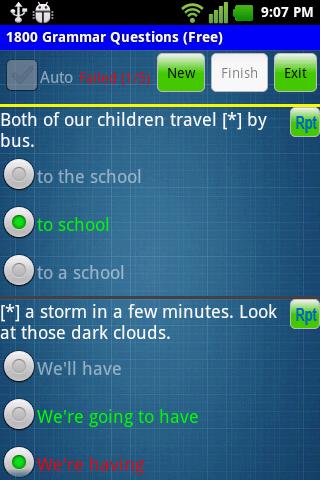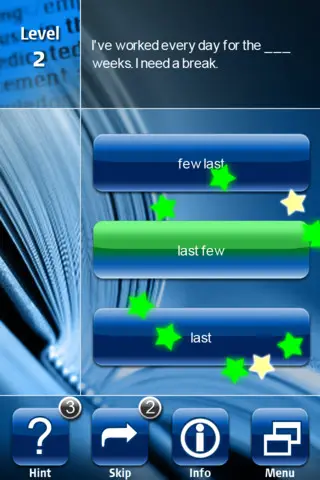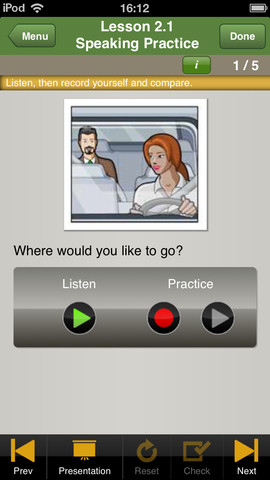4 English Grammar Apps for iOS and Android to Improve Your Grammar
Whip out your smartphones or tablets if you want to spend some time with grammar, for boring paper and pencil sentence construction has just become fun and interactive on a palm sized plastic machine with a couple of wirings inside.

First off the bat, we have LearnEnglish Grammar by British Council. The grammar app pulls us back to the school benches with its questions in three categories of difficulty level (Elementary, Intermediate, and Advanced).
Questions can be asked in many forms, thus the app will not get monotone. Some forms of questions are filling in the blank, rearrange the words, and point out the mistake.
What is also quite interesting is that the app is capable of dividing specific grammar usage into different categories, as shown in the picture.
The application is available on iOS, Android, and Blackberry through each of their own respective stores for $0.99/ pack. There are 9 packs.

Compactness is not everything. Some people want powerful applications with bucket loads of content. 1800 Grammar Test, by Triet Ho, is one of those hours on hours of the monotonous question solving apps where one can almost never run out of questions.
So how does this work? The app gives you five questions per test. You fill out these grammar questions, and when you score a perfect score… nothing happens.
You move on to the next test page, and then the next, and then the next, and then you realize you are about to scratch your eyes out due to hours and hours of multiple-choice questions.
The grammar app has no loading screen, but that is not good news once you realize you are trapped and addicted into endlessly repeating multiple-choice tests.
The only feature this app is missing is a huge red button that says, “In case of seizure, please press me!” then it calls the ambulance, as you collapse on the floor with perfect English grammar knowledge from days and nights of multiple-choice questions.
The application is available on iOS, Android, and Blackberry through each of their own respective stores for free.

English Grammar In Use, by Cambridge University Press, app also earn a mention. It is a compact yet extensive grammar-building app.
It has all the pros from the above mentioned apps, LearnEnglish Grammar and 1800 Grammar Test, as it encompasses the compactness and refined mechanics of LearnEnglish Grammar yet has a large set of questions like 1800 Grammar Test.
In short, the app English Grammar In Use, is like 1800 Grammar Test without the consequences of collapsing on the floor with a foaming mouth and horror-struck pupils.
It has hours of content, yet it delivers it in such a way that is not monotone. Different types of questions, the option of skipping or asking for a hint, progress tracking, and even high score mechanisms integrated into it (and who said learning can’t be made into a competitive game).
The application is available on iOS, Android, and Blackberry through each of their own respective stores for $4.99.

A little bonus application, again from British Council, LearnEnglish for Taxi Drivers can be used for the prudent student that wants to master English Grammar.
The app itself is not intended for such use, but it is still viable. When your English grammatical skills become better than that of a stereotype immigrant taxi driver, you know you are well on your way to be both terrific and prolific with your English grammar.
The application is available on iOS, Android, and Blackberry through each of their own respective stores for $1.99.
